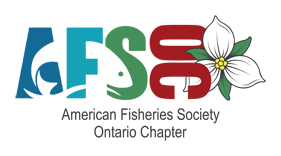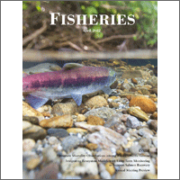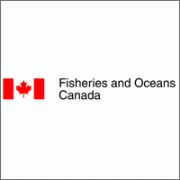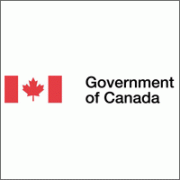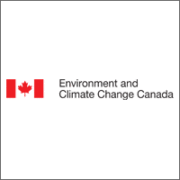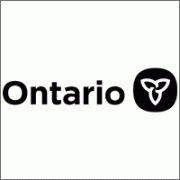News – Sander is the Valid Generic Name for Walleye, Sauger, and European Pikeperches
Sander Oken 1817 (Percidae) is the Valid Generic Name for Walleye, Sauger, and European Pikeperches: A Response to Bruner (2021)
AUTHORS: Christopher Scharpf, The ETYFish Project, 4102 Westview Road, Baltimore, MD 21218, USA. chris@etyfish.org; Ronald Fricke, Staatliches Museum für Naturkunde, Stuttgart, Germany. ronald.fricke@smns-bw.de
CITATION: Scharpf C. and R. Fricke. 2021. Sander Oken 1817 (Percidae) is the Valid Generic Name for Walleye, Sauger, and European Pikeperches: A Response to Bruner (2021). Fisheries 47(4)151:153 https://doi.org/10.1002/fsh.10686 Read more
